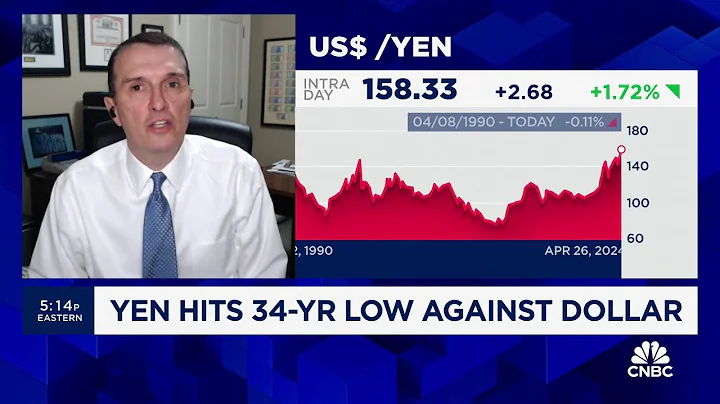In the afternoon of the Asian market on Monday (February 27), the US dollar against the yen fluctuated, trading around 112.09. Last week, USD/JPY fell for three consecutive days, with the exchange rate falling to a two-week low, below the 112 mark. Some institutional analysts believe that the pressure on the US dollar/yen is still biased downward, and there is still room to test the main support level of 111.55/60.

Industrial Investment
The exchange rate fell below the first-line support of 112.60 and then accelerated its downward trend, reaching the lowest level of 111.92. Although the intraday rebound of the US dollar once boosted the exchange rate, the overall downward momentum remained intact. Political risks in Europe and the United States have made the market risk aversion strong, and the safe-haven Japanese yen has strengthened across the board. U.S. President Trump made his debut in Congress this week. The market hopes that he will reveal the specific content of tax cuts. If he disappoints the market, it may push the exchange rate to open further downward space. The 0-day chart of
html fell below the mid-term support of the 100-day moving average, which is technically bearish. The short-term support focuses on the previous low of 111.60. The 4-hour chart fluctuates downward, and the moving average system diverges downward. The short-term is controlled by the short-term, and the 112-line decline in the hourly chart has been relieved. It is slow but lacks rebound momentum, and the risk of falling below is extremely high. It is recommended to go short at 112.40 during the day, follow up if it breaks below 111.90, and look at the 111.60 line.Support level: 111.90 111.60 111.20
Resistance level: 112.50 113.00 113.45
Australia GCG
Last week, the uncertainty of the European political situation caused risk aversion in the financial market. Japanese yen and gold and other varieties also received support. The U.S. dollar The Japanese yen closed negative again on the weekly chart. Affected by news from the UK in early trading today, the US dollar against the Japanese yen once touched below 112. Judging from the disk, the weekly and daily levels are also in a bearish trend, and the exchange rate also fell below the strong support level of 112.50 last Friday. Therefore, we will continue to short on highs during the day, seeking the 112.50 112.80 position.
Yituo Finance
The daily structure of the US dollar against the yen has closed a barren line with a very empty trend. Although the test has reached near the previous low, after the low closes, the probability of inertial decline is very high. You can choose to test the short-term moving average resistance level. For short-selling operations, bring a stop loss to control the risk of a possible rebound in the US dollar. Specifically, short selling is at 112.5 and stop loss is at 113.4.
TMG foreign exchange
US dollar and yen fell to 111.95 last Friday. The 115.0 mark failed to hold in 4 hours and fell below the 76.% retracement level. It is expected that the United States and Japan will continue to fall, and the 111.00 mark may be tested. Intraday trading is centered around last week's lows, with 112.50 above and 111.60 below.
TeleTrade
USD/JPY continued to fluctuate downward last Friday and hit a two-week low of 111.92. On the one hand, investors have doubts about whether the Trump administration can quickly carry out tax reform and increase fiscal spending; on the other hand, Recently, political uncertainty in Europe has been increasing day by day, and the return of risk aversion has boosted the Japanese yen and suppressed the continued decline of USD/JPY. Last Thursday, U.S. Treasury Secretary Mnuchin believed that U.S. interest rates are likely to remain low for a long time and that there is still much work to be done on key elements of the comprehensive tax reform plan. There is a lack of important economic data in Japan on Monday, and the main focus is on changes in market sentiment, as well as the initial value of U.S. durable goods orders in January, seasonally adjusted existing home contract sales and the Dallas Fed manufacturing index in February.
Key resistance: 112.30/112.70/113.00
Key support: 111.70/111.50/111.25
Technically, the exchange rate fell for the third consecutive day, setting a new two-week low during the session, leading to a further decline in the focus of trading. At present, the kinetic energy indicator on the daily chart and the 4-hour chart is still bearish. The moving average system is short and the RSI remains at a low level. Short
WeChat public account: cngold-com-cn (long press to copy), or search [中Jinwang], get more free information pushed in real time!





















